Espresso, a beloved brew that captivates aficionados worldwide, owes much of its robust flavor and aromatic intricacy to a fundamental yet often overlooked element: the grind of the coffee beans. Understanding the nuances of coffee grind specifically for espresso machines is pivotal for any coffee enthusiast or budding barista aspiring to achieve café-quality drinks in the comfort of their own home. The grind size influences the extraction process, altering not only the flavor profile but also the texture and richness of the espresso. Thus begins an intricate exploration into the realm of coffee grind, where precision meets art.
In researching the best practices for grinding coffee for espresso machines, several critical factors emerge, each deserving of detailed examination. These factors range from the characteristics of the grind itself to the implications of grind consistency on the brewing process, as well as the equipment utilized. Each is a cog in the larger machine of espresso making, creating an experience that transcends mere consumption.
Understanding the perfect grind size for espresso is integral to one’s success in crafting an exemplary shot. Espresso demands a fine grind—much finer than that used for drip coffee. This fine consistency is crucial as it allows for an optimal surface area for extraction, which occurs under the pressure of brewing. However, it’s essential to balance fineness with uniformity; an inconsistent grind can lead to uneven extraction, yielding a bitter or underwhelming flavor. Often, a burr grinder is recommended over a blade grinder for achieving the consistency necessary for espresso. Burr grinders crush the beans uniformly, allowing for a more controlled and precise grind size.
Moreover, one must also consider the role of the coffee bean itself. The origin, roast level, and freshness of the beans will significantly influence the grind requirements. Lighter roasts may need a slightly coarser grind compared to darker roasts, which extract more quickly due to their oil content. Freshness cannot be overstated either; coffee beans lose flavor and potency over time, thus impacting the overall espresso experience. It is advisable to grind beans just before brewing to preserve aromatic compounds and enhance flavor.
The Art of Dialing In
Dialing in espresso is a term that refers to the meticulous process of adjusting various factors in order to achieve the ideal shot. The grind size is paramount in this journey. The necessity of precision becomes evident as one refines the parameters of time, temperature, and pressure. Each of these elements interacts dynamically with the grind size, resulting in drastic variations in the espresso’s final character. For instance, if the grind is too fine, it may lead to over-extraction, producing a harsh and bitter shot. Conversely, a grind that is too coarse may result in under-extraction, creating a weak and lifeless brew.
The importance of timing in espresso brewing further stresses the need for a well-executed grind. Typically, a shot of espresso should take around 25 to 30 seconds to extract. When testing the brew, attention should be paid to the flow rate of the liquid, tint of the crema, and overall aroma. Each parameter offers clues and guides adjustments to the grind, helping one achieve that elusive, perfect shot.
Embracing the Science of Extraction
The phenomenon of extraction is central to understanding the coffee grind for espresso machines. It refers to the process by which water solubilizes the various components of coffee grounds during brewing. A fine grind maximizes extraction by amplifying the contact surface area between the coffee and water; however, this also means that over-extraction is a constant threat, particularly with espresso where pressure and temperature are higher than other brewing methods.
The chemical composition of coffee beans is multifaceted, containing oils, sugars, and acids which contribute to the overall flavor profile. Achieving a harmonious balance is crucial. For example, a well-extracted espresso may present a delightful symphony of flavors, ranging from sweet caramel notes to bright and vibrant acidity, while a poorly extracted shot will lack depth, potentially resulting in a flat or overly bitter experience.
Water temperature plays a significant role in this extraction process. Typically, water between 90°C to 96°C (194°F to 205°F) is optimal for espresso. This temperature range must be maintained to ensure the extraction of flavor compounds without leading to undesirable bitterness from over-extraction. It is in this scientific interplay of grind, water, and pressure that espresso transcends a simple beverage to become a nuanced experience.
Investing in the Right Equipment
A crucial component of mastering the coffee grind for espresso machines lies in equipping oneself with the appropriate tools. Investing in a quality burr grinder is essential. Although initially more expensive than blade grinders, the long-term benefits of consistent grind size and enhanced flavor extraction are undeniable. Additionally, espresso machines vary widely in their features and capabilities, from manual lever machines to fully automatic units. Each type of machine may yield different requirements for grind size, and familiarity with one’s equipment is vital.
There are also accessories that can enhance the coffee grinding experience. A scale is indispensable for precise measurements, allowing baristas to experiment with coffee-to-water ratios systematically. Moreover, consider investing in a distribution tool to ensure even tamping of the grounds in the portafilter, which can also impact the quality of the extraction.
Conclusion: The Pursuit of the Perfect Cup
In the demanding world of espresso making, the grind size stands as a defining factor that can elevate a simple coffee experience to a transcendent one. Mastering the art and science behind coffee grind for espresso machines requires diligence, experimentation, and an understanding of complex interdependencies—all while engaging the senses. As the global coffee community continues to evolve, so too does the appreciation for the craftsmanship embodied in each shot of espresso. The challenge resides not just in the act of grinding but in the commitment to continuous improvement—a pursuit worthy of any coffee enthusiast.

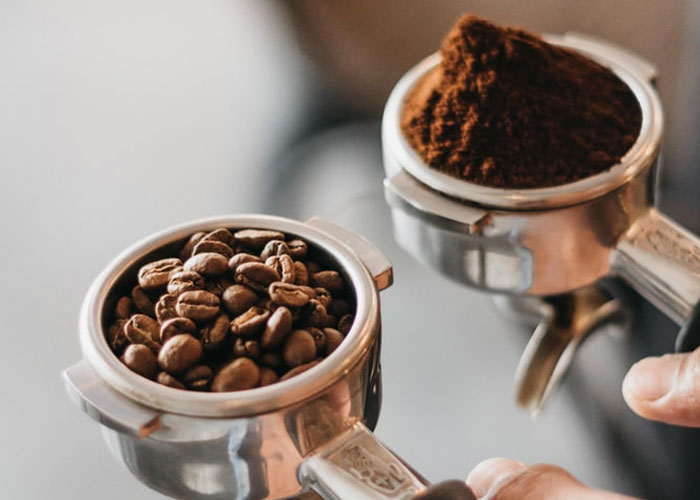
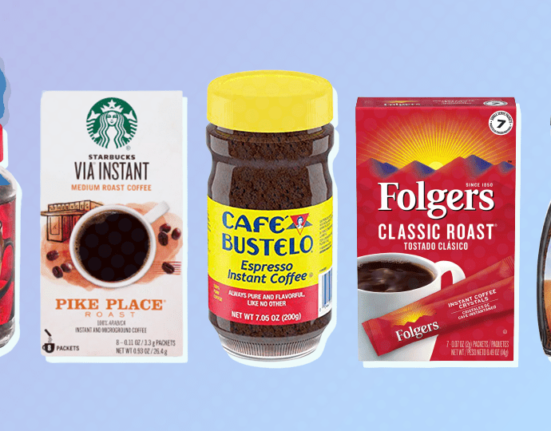
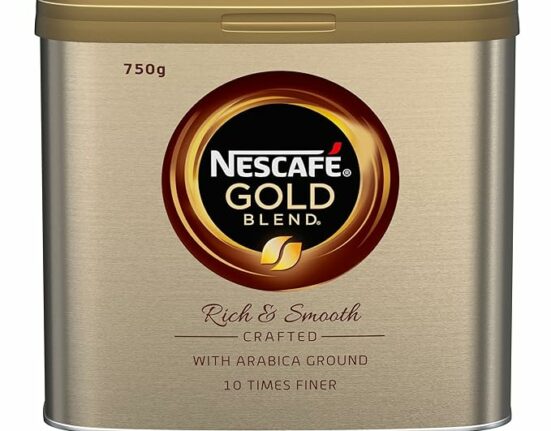
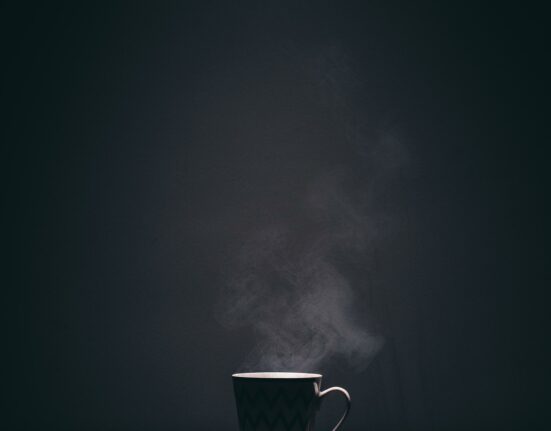

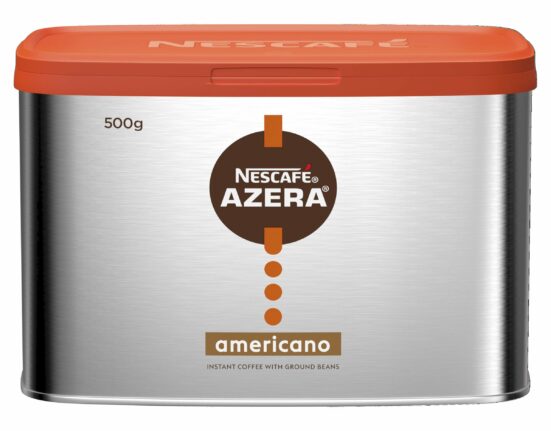

Leave feedback about this